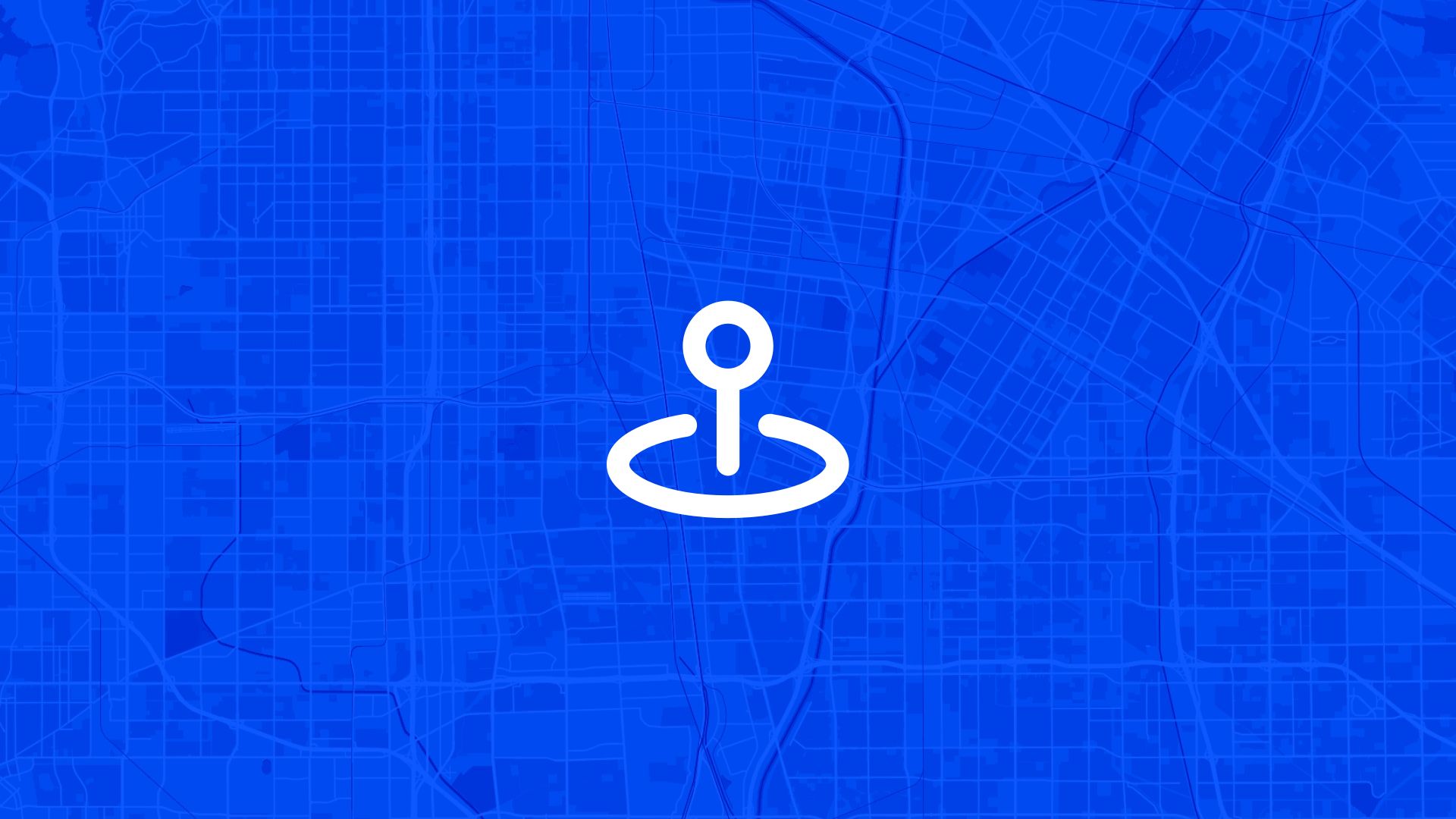The most successful real estate analysis starts with comprehensive geographic visualization of property values that shows exactly where prices are highest, where opportunities exist, and how market trends vary across different neighborhoods.
If your real estate market analysis relies only on listing summaries, average price reports, or neighborhood statistics that lack spatial context and location-specific insights, you're missing the geographic patterns that reveal investment opportunities and market dynamics. That's why data-driven real estate professionals ask: can we create price heatmaps that visualize property values geographically and help us understand market trends, pricing patterns, and investment potential?
With Atlas, you can create comprehensive real estate price heatmaps that combine property value visualization with market analysis and trend identification for actionable real estate intelligence. No scattered pricing data, no uncertainty about geographic trends, no barriers to understanding location-based market patterns. Everything starts with clear geographic visualization and meaningful price analysis.
Here's how to set it up step by step.
Why Real Estate Price Heatmaps Matter for Market Analysis
Creating geographic price visualization enables better market understanding and more effective investment and development decision-making.
So real estate price heatmaps aren't just interesting data visualization—they're essential market analysis tools that create better real estate outcomes through geographic price intelligence and location-based investment insights.
Step 1: Collect Comprehensive Property Value Data for Geographic Analysis
Atlas makes it easy to create detailed real estate price heatmaps with market context:
- Upload property listings and sales data including recent sales prices, current listings, and property characteristics by location
- Add neighborhood boundaries showing distinct market areas, school districts, and community zones that influence property values
- Import property assessment data including tax assessments, lot sizes, building characteristics, and property types for comprehensive analysis
- Include market context factors showing amenities, transportation access, schools, and other location factors that affect property values
Once configured, your price heatmap provides the geographic foundation for comprehensive real estate market analysis and investment decision-making.
Step 2: Visualize Property Values and Price Patterns Across Geographic Areas
Next, create clear price visualization that reveals spatial patterns in real estate markets:
You can display different price metrics:
- Sales price and listing values showing actual transaction prices and current market listings with color-coded price ranges across neighborhoods
- Price per square foot analysis revealing value density and enabling comparison between different property types and locations
- Price appreciation and trends displaying how property values have changed over time and which areas show growth patterns
- Market segment analysis showing prices for different property types including single-family homes, condos, townhomes, and investment properties
- Affordability and accessibility mapping price ranges relative to income levels and highlighting areas with different affordability characteristics
- Comparative market analysis displaying how local prices compare to regional averages and similar market conditions
Each price visualization reveals geographic patterns that inform real estate strategy and investment decision-making.
Step 3: Create Interactive Market Analysis and Price Exploration Tools
To help real estate professionals and clients understand geographic price patterns:
- Design dynamic filtering systems allowing users to explore prices by property type, time period, price range, or neighborhood characteristics
- Set up comparison tools enabling analysis of price differences between neighborhoods, property types, and market segments
- Add detail exploration providing access to specific property information, sale history, and market context for each location
- Include statistical analysis showing price distributions, market statistics, and trend confidence levels by geographic area
- Configure alert systems automatically identifying significant price changes, new market opportunities, or unusual market activity
Market analysis becomes interactive and reveals actionable insights for real estate investment, development, and sales strategy.
Step 4: Enable Market Intelligence Sharing and Collaboration
To support real estate team coordination and client service:
- Create client presentation tools enabling agents to show market conditions, price trends, and investment opportunities to buyers and sellers
- Set up market report generation providing automated neighborhood analysis, price summaries, and trend reports for client communication
- Add competitive analysis showing how properties compare to similar listings and recent sales in the same market area
- Include investment analysis calculating potential returns, appreciation forecasts, and risk assessment based on geographic price data
- Configure market monitoring tracking price changes, new listings, and market activity that affects client interests and investment strategies
Real estate intelligence becomes comprehensive and enables better client service through geographic market understanding.
Step 5: Analyze Price Trends and Identify Market Opportunities
To use geographic price data for investment strategy and market intelligence:
- Generate neighborhood market reports showing which areas have strong appreciation, stable prices, or emerging investment potential
- Create opportunity identification highlighting undervalued properties, emerging neighborhoods, and market inefficiencies based on price analysis
- Set up trend forecasting using historical price data to project future market conditions and identify timing opportunities
- Design risk assessment analyzing price volatility, market stability, and investment risk factors across different geographic areas
- Configure portfolio analysis showing how property investments perform across different locations and market segments
Also read: Make a Map Dashboard for Sales Performance
Step 6: Integrate Price Heatmaps with Real Estate Operations and Decision-Making
Now that comprehensive price visualization and market analysis are complete:
- Export market intelligence for integration with CRM systems, investment analysis tools, and client reporting platforms
- Create development planning support showing how price patterns inform new construction, renovation projects, and market positioning
- Set up investment decision support providing portfolio managers and investors with geographic price intelligence for acquisition strategies
- Design client advisory services using price heatmaps to guide buyers toward good value areas and help sellers price competitively
- Generate market research providing real estate firms with competitive intelligence and market positioning insights
Your real estate price heatmap becomes part of comprehensive market intelligence and investment strategy that drives better real estate outcomes through location-based price analysis.
Use Cases
Creating real estate price heatmaps is useful for:
- Real estate agents and brokers providing clients with comprehensive market analysis and identifying opportunities for buyers and sellers
- Real estate investors analyzing market conditions and identifying undervalued properties or emerging neighborhoods with growth potential
- Property developers understanding market demand and pricing strategies for new construction and renovation projects
- Financial institutions assessing lending risk and market conditions for mortgage and investment financing decisions
- City planners and assessors understanding property value patterns and market trends for taxation, zoning, and economic development planning
It's essential for any real estate activity where geographic price intelligence improves investment decisions and market understanding.
Tips
- Update price data regularly to reflect current market conditions and provide accurate intelligence for real estate decisions
- Include market context factors like schools, transportation, and amenities that influence property values and buyer preferences
- Create price trend analysis showing how neighborhoods change over time and which areas have consistent growth patterns
- Use data for client education helping buyers and sellers understand market conditions and make informed real estate decisions
- Combine with demographic data analyzing how population changes, income levels, and community characteristics affect property values
Creating real estate price heatmaps in Atlas enables comprehensive market analysis and data-driven real estate strategy development.
No separate market analysis software needed. Just visualize property values geographically, analyze price patterns, and create the location-based intelligence that drives successful real estate investment and sales outcomes.
Insight Maps and Dashboards with Atlas
When you're managing operations that span multiple locations, the challenge isn't just collecting data—it's turning that information into actionable insights that improve performance and outcomes.
Atlas gives you the tools to consolidate field information into clear operational intelligence: one dashboard for data collection, analysis, and decision-making.
Transform Field Data into Operational Intelligence
You can:
- Aggregate information from multiple locations and teams into unified dashboards
- Visualize performance patterns and identify improvement opportunities across operations
- Create automated reporting that keeps stakeholders informed and aligned
Also read: Track Equipment and Assets by Location
Build Performance Management That Scales
Atlas lets you:
- Monitor operations across multiple sites with consistent metrics and standards
- Generate reports that show performance trends, resource needs, and improvement opportunities
- Export operational data for integration with business intelligence and management systems
That means no more scattered field reports, and no more questions about whether your operations are performing consistently across locations.
Manage Better with Location Intelligence
Whether you're coordinating field teams, monitoring asset performance, or analyzing service delivery, Atlas helps you turn location-based data into operational intelligence that drives better outcomes.
It's operations management—designed for geographic insight and scalable performance.
Boost Your Operations with the Right Tools
Operations move fast, but performance management requires consistent data and clear insight. Whether you're coordinating teams, monitoring assets, analyzing service delivery, or planning improvements—location intelligence matters.
Atlas gives you both speed and insight.
In this article, we covered how to create a real estate price heatmap, but that's just one of many things you can do with Atlas.
From field data collection to operational dashboards, performance analysis, and improvement planning, Atlas makes complex operations management accessible and actionable. All from your browser. No operations expertise needed.
So whether you're managing field teams, monitoring infrastructure, or coordinating service delivery, Atlas helps you move from "collecting data" to "driving performance" faster.
Sign up for free or book a walkthrough today.





